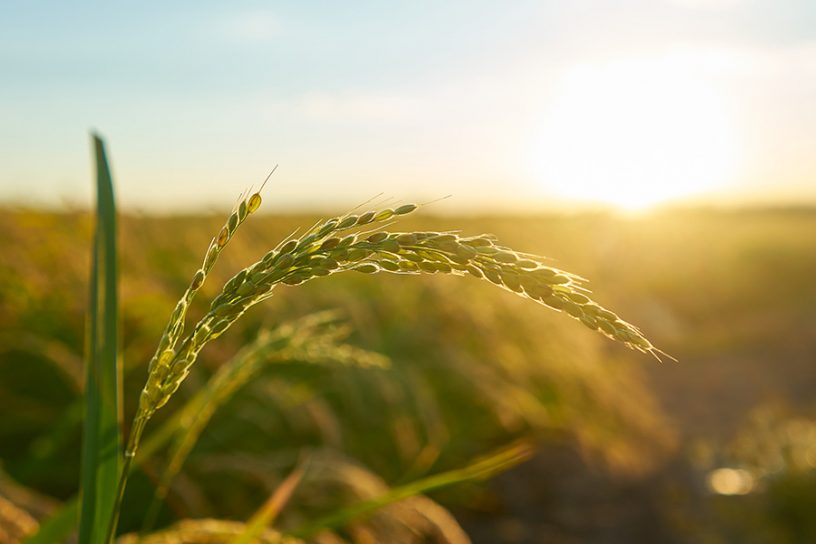
This book chapter presents an analysis of the trends in agricultural growth, the distributional outcomes of this growth process and discusses the changes in recent years.
Author
Ishan Anand, Assistant Professor, Jindal Global Law School, O.P. Jindal Global University, Sonipat, Haryana, India.
Summary
A quarter century has passed since India adopted the policies of economic liberalization. While economic growth has gone up in this period, not every sector has been a part of the growth story.
In the initial years after reforms, agricultural growth plummeted to abysmal levels. Agricultural growth recovered after 2004–05 and output growth reached record levels.
The period of economic liberalization hence presents two contrasting phases of Indian agriculture; the first period (1996–97 to 2004–05) was marked by retrogression in agricultural growth and the second (2005–06 to 2013–14) witnessed accelerating growth rates.
Agricultural growth has slowed down again in recent years. This chapter presents an analysis of the trends in agricultural growth, the distributional outcomes of this growth process in the two sub-periods and discusses the changes in recent years.
The study focuses on the sources of agricultural growth and the trends in farm income and indebtedness.
Published in: The Routledge Handbook of Post-Reform Indian Economy. 1st ed. Routledge.
To read the full article, please click here.


